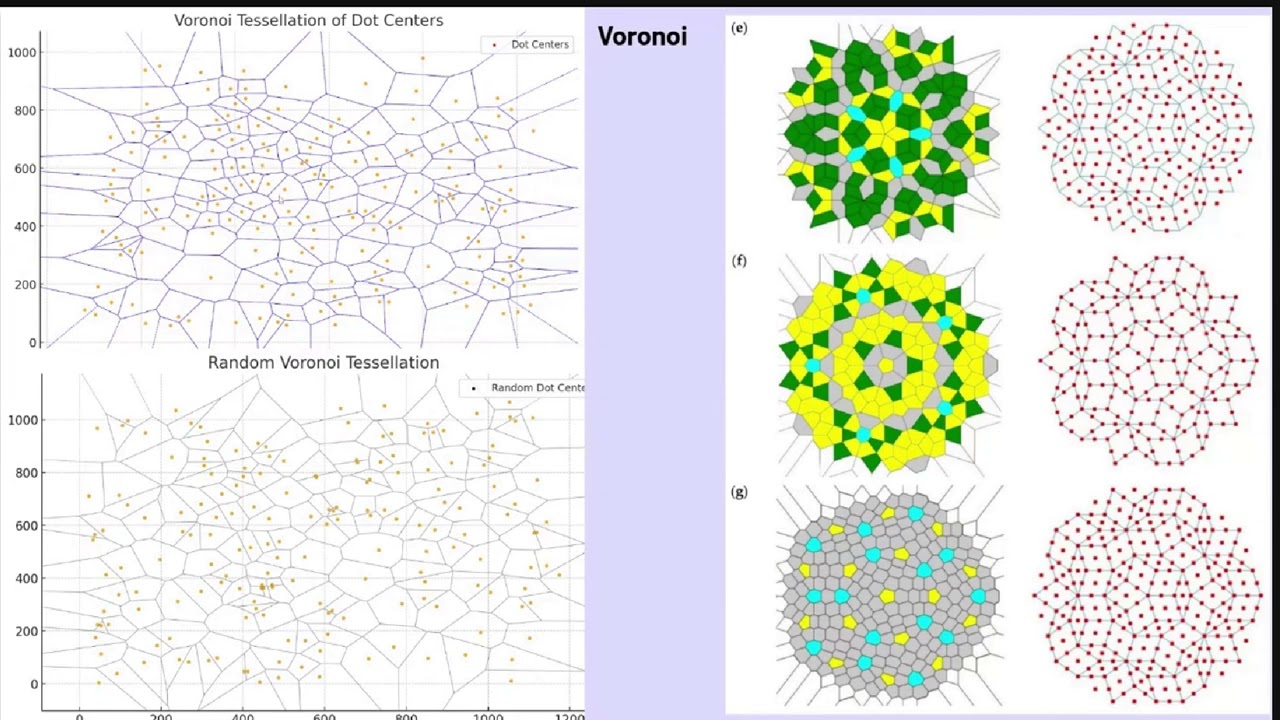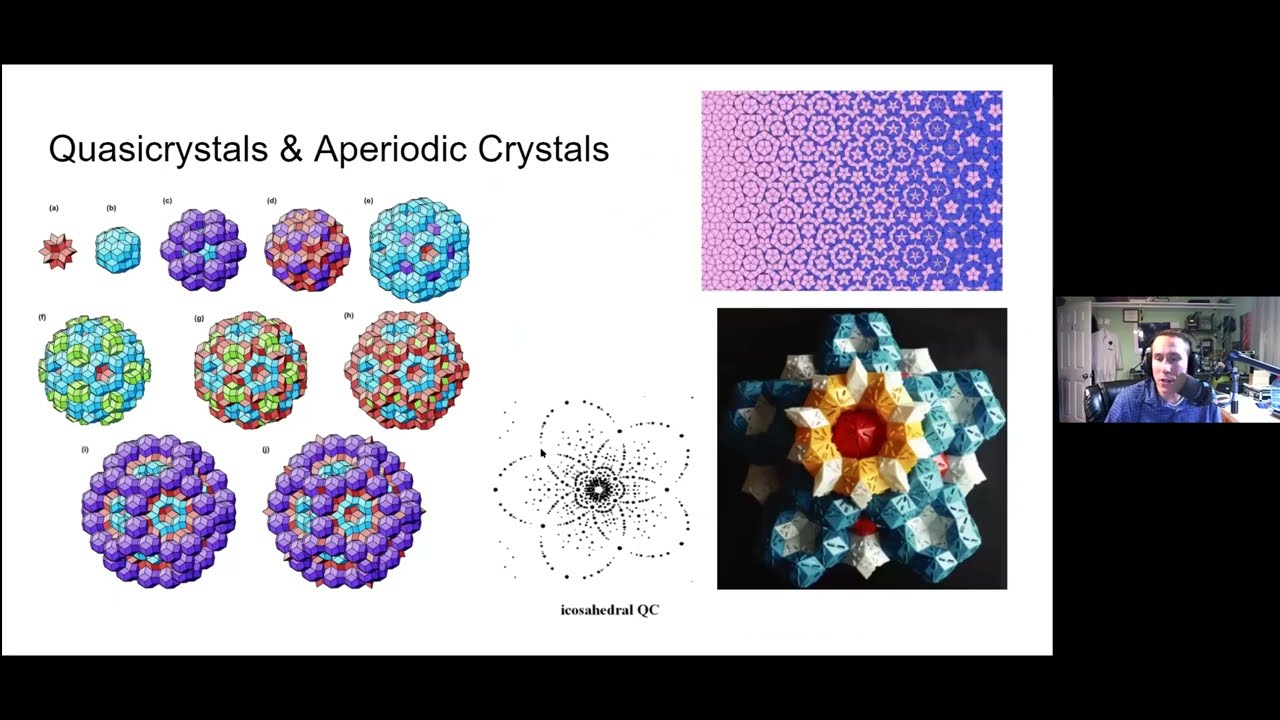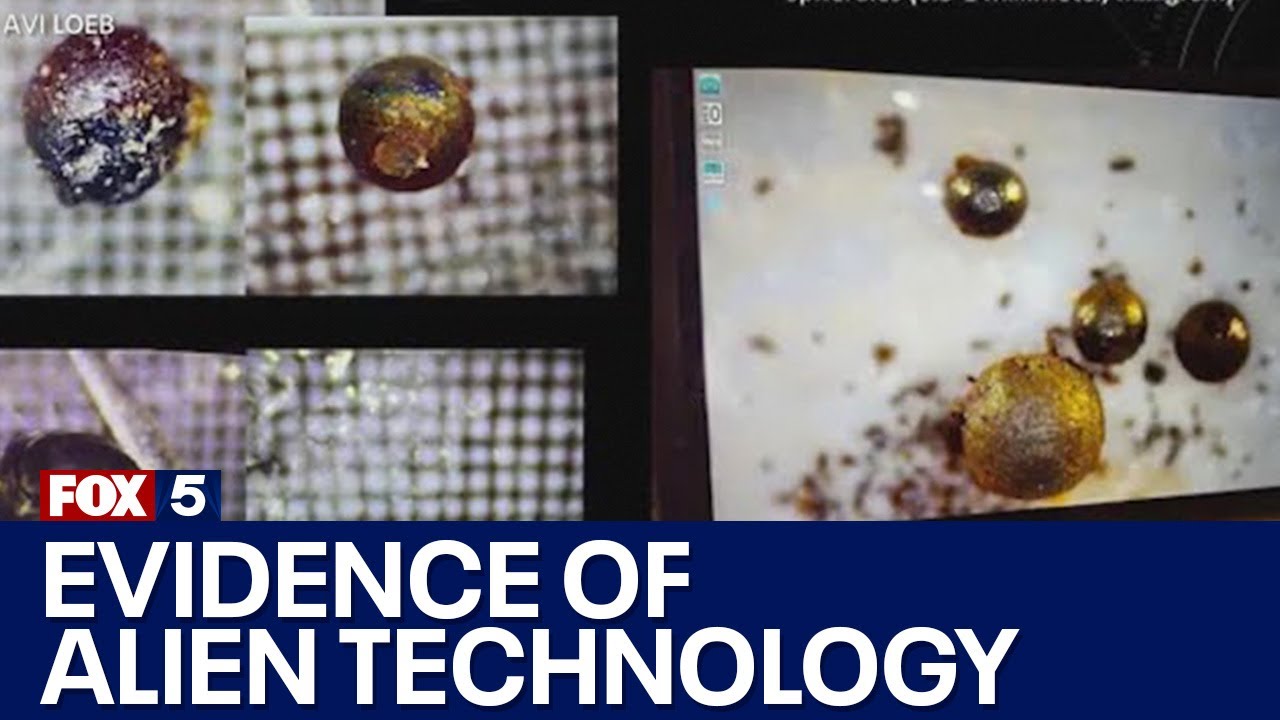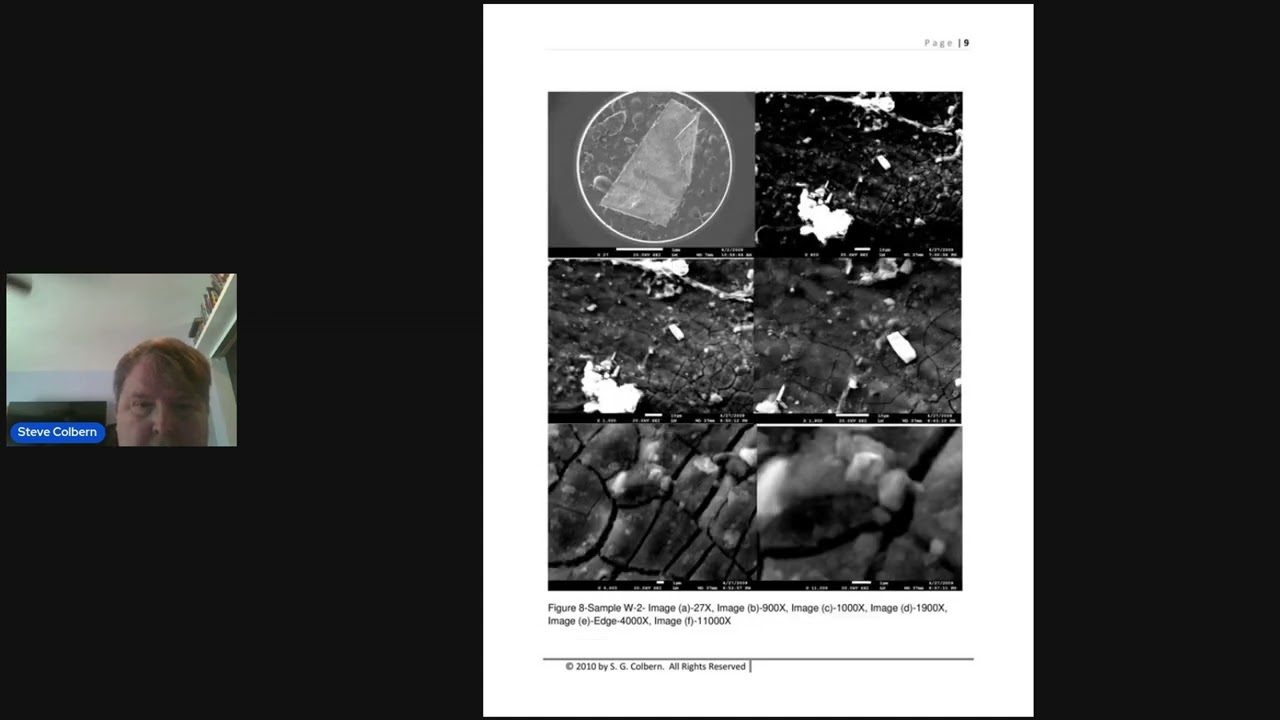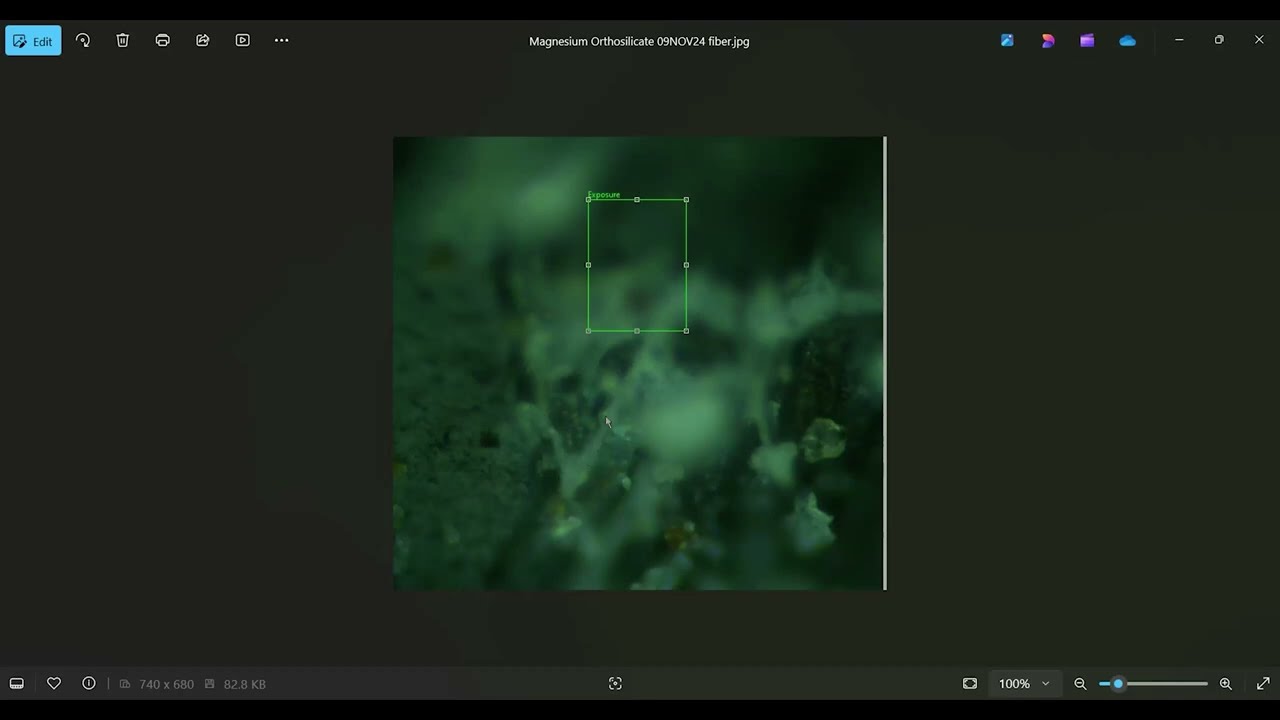Roswell Skip Site: SEM & Isotopic Analysis
Michael Perrone discusses preliminary SEM & Isotopic Analysis data for Frank Kimbler’s Roswell Bounce-Site UFO / UAP samples, which he speculates to be 7000-series aluminum. He describes the challenges involved with SEM analysis, impurities found in the samples, and speculates on possible origin & use of this material.
Analysis of a metallic sample, potentially from a crash site, revealed a composition primarily of aluminum, magnesium, silicon, and manganese, with trace copper.
- Initial Energy Dispersive Spectroscopy (EDS) data was unreliable due to insufficient integration time and epoxy interference, causing electron beam reflection.
- Optical microscopy showed two main phases: a dark gray aluminum-silicon phase and a lighter aluminum phase, with black areas possibly representing pits or a hard material.
While the composition aligns with a 7000 series aluminum alloy, the presence of copper requires further verification. The possibility of mechanical deformation was noted, but insufficient data exists to confirm. The sample’s origin remains uncertain, with possibilities including aluminum trash or a shell casing from bomb testing. Here’s a breakdown of the preliminary findings from a collaborative investigation, highlighting the challenges encountered and the potential implications of this discovery:
Initial Analysis and Challenges (00:00:00)
The investigation began with an examination of a 7000 series aluminum sample using various techniques, including electron microscopy (SEM) and energy-dispersive X-ray spectroscopy (EDS). Early challenges included a sputtering coat absence due to time constraints and epoxy reflection causing electron beam issues, leading to reduced data counts. Despite these setbacks, initial EDS analysis revealed the presence of aluminum, magnesium, silicon, manganese, and copper – consistent with standard 7000 series aluminum. However, the presence of copper and oxygen raised concerns about potential contamination from the surrounding epoxy. Severe charging effects further complicated the analysis, bouncing electrons back to the detector and affecting data accuracy.
Surface Examination and Composition (00:01:00)
The sample’s surface, checked and etched with sodium hydroxide, revealed a microstructure, although grain boundaries were less defined than expected. Brighter regions indicated higher concentrations of aluminum, silicon, and possibly manganese. Further analysis showed approximately 95% aluminum, ~2% magnesium, and small amounts of silicon, manganese, and copper. However, the EDS system malfunctioned, leading to incomplete integration and unreliable carbon and oxygen data. The team noted significant porosity (95-97% solid), a surprising finding for a human-made alloy.
Microscopy and Phase Analysis (00:02:00)
Optical microscopy revealed two distinct phases: a dark gray phase (likely aluminum and silicon) and a lighter aluminum phase. Black areas were identified as pits and potentially a hard material. The magnesium and manganese were diffused throughout the other phases, not forming separate phases. The team also conducted XY and YZ plane analysis using SEM to investigate potential anisotropic crystal structure, possibly indicating rot alloy behavior. While some evidence suggested mechanical deformation, insufficient data prevented a definitive conclusion.
The Origin of the Mystery Metal (00:03:00)
The origin of the sample remains a mystery. While the elemental composition is consistent with many earth alloys, its unusual characteristics warrant further investigation. The team considered the possibility of the sample being discarded metal, given the presence of metal scraps at the discovery site. However, this particular sample didn’t match any of the known scraps. The possibility of the sample being a fragment of a shell casing from past bomb testing in the New Mexico region was also raised.
Conclusion and Future Work (00:04:00)
The analysis of this 7000 series aluminum sample has presented a compelling puzzle. While preliminary findings provide a basic understanding of its composition and microstructure, further investigation is needed to determine its origin and the significance of its unusual characteristics. Future presentations will detail the complete findings, including the yet-to-be-analyzed FCM data. The team remains open to all possibilities, from mundane explanations to more intriguing scenarios. The mystery of the metal continues…
Register For UFORev
Want to see more great UFO Reverse Engineering stories? Sign up for our mailing list to get exclusive access to captivating presentations, engaging events, and more!
RECENT POSTS
Art’s Parts Sample May Contain Quasicrystals
April 7, 2025
Space Age Materials for UFO Reverse Engineering
April 7, 2025
Harvard Physicist May Have Found Alien Technology
April 7, 2025
San Augustin: UFO Crash Recovery Sample Analysis
April 6, 2025
Art’s Parts: Metallurgical Microscope Analysis
April 6, 2025
